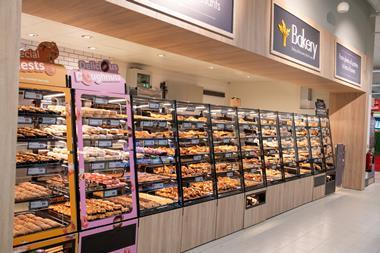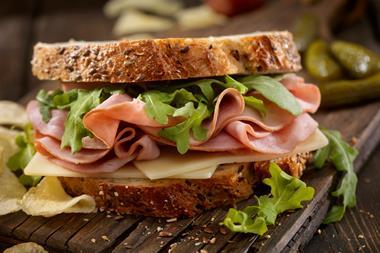Snacking continues to rise in importance as consumers move away from eating three fixed meals a day, researchers have found.
Consumers are shifting to a more flexible pattern of snacking and grazing, with snacks now having to serve a nutritional purpose as well as just fill a gap between meals, according to a new global study by market research provider Euromonitor International.
As a result, snacks are no longer confined to confectionery or potato products, but are likely to include yoghurts, meat snacks and vegetables, and more likely to be healthy, high in protein and fresh.
The Euromonitor study, How We Eat: The Changing Face of Global Mealtimes, also found that the line between snacking and breakfast is blurred for many consumers, with grabbing a quick bite on the move common in many countries.
In the UK, demand for Greggs’ £2 breakfast offer has helped drive a 7.5% hike in sales across the business in the 19 weeks to 13 May 2017.
“Customers increasingly recognise the quality and value of our £2 breakfast offer and we have invested further in capacity to meet this growing demand,” said Greggs.
Breakfast is a meal that is often “skipped, eaten on the go or consumed while performing other tasks,” said Euromonitor International strategy briefings director Gina Westbrook.
“Lunch is the most fixed meal, in line with school and work lunch hours, while dinner is increasingly casual, with the formal family dinner often being replaced by grazing,” she added.
Researchers also found that meals, in general, are becoming less formal and more likely to utilise small plates, sharing and communal eating, whether in a restaurant or at home with a semi-prepared meal or takeaway.
“There is also less formality about what foods are eaten when,” states the study, “with breakfasts eaten throughout the day and snacks served in place of evening meals.”
In Brazil, the Pizza Express format, which sells pizza by the slice for consumers on the go, was such a success that it led to Pizza Hut being one of the fastest growing foodservice chains in the country despite difficult economic conditions.
“In most surveyed markets, it is clear that consumers are moving away from a traditional pattern of three formal meals a day and towards eating patterns that are customised to fit with their lifestyles,” added Westbrook. “All-day grazing, eating outside the home and on the move, and eating alone are key trends.”



































No comments yet